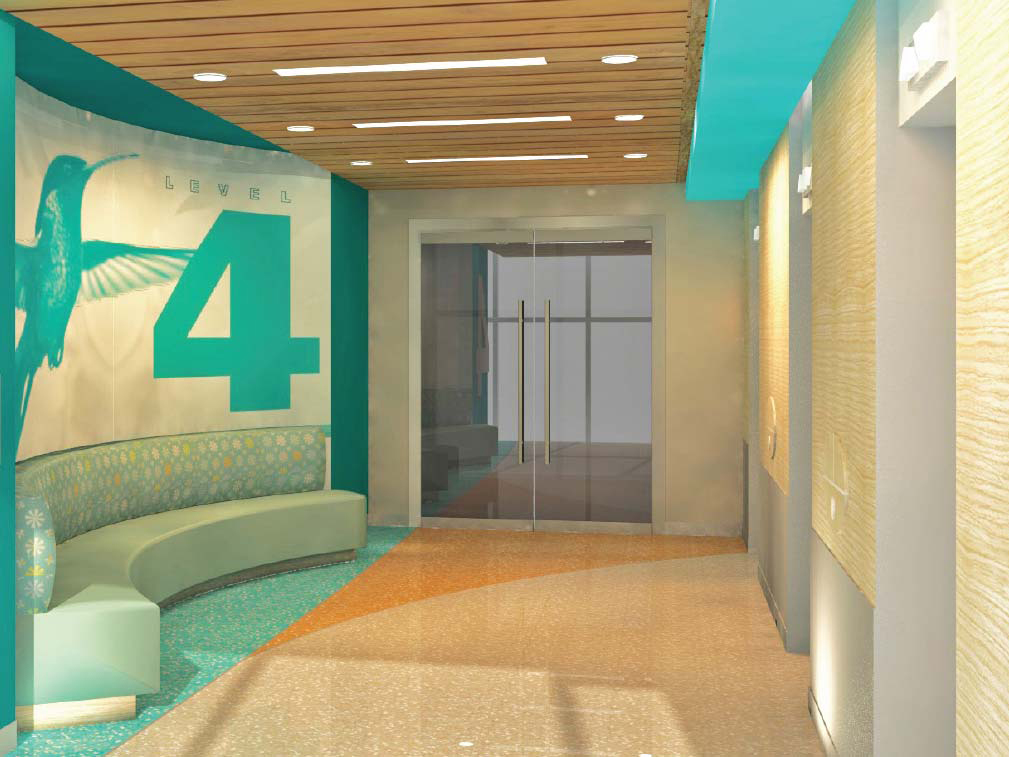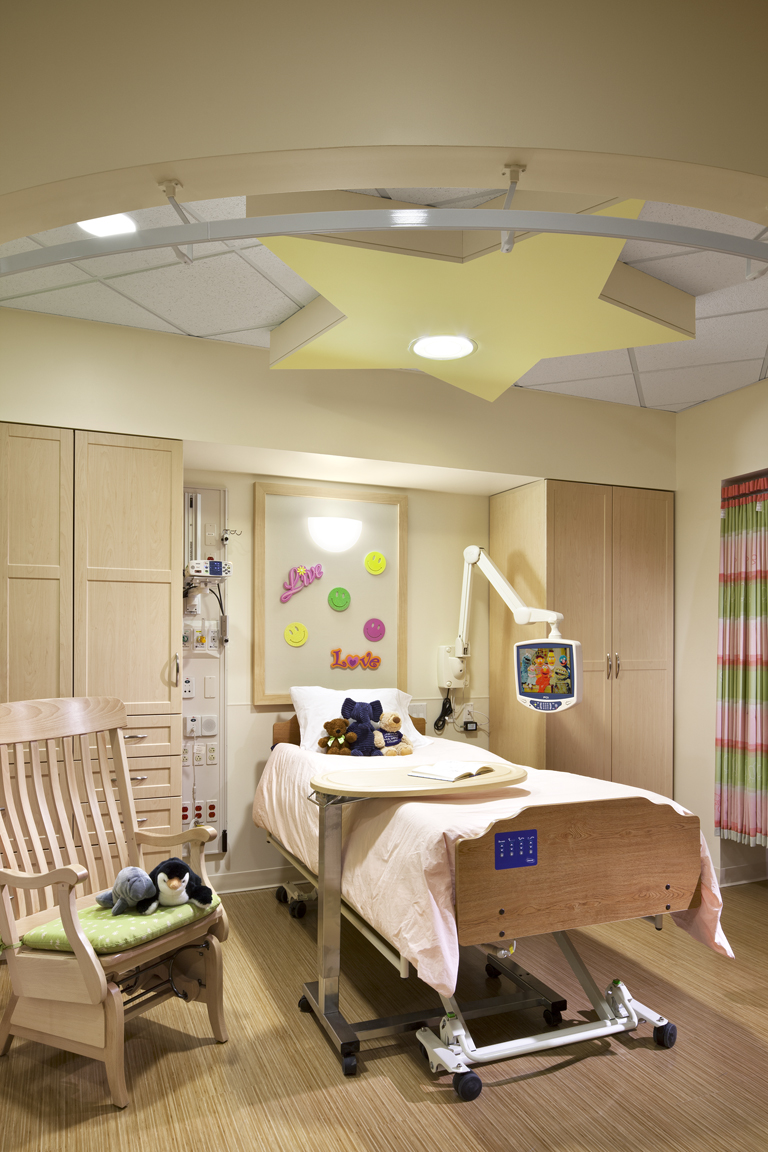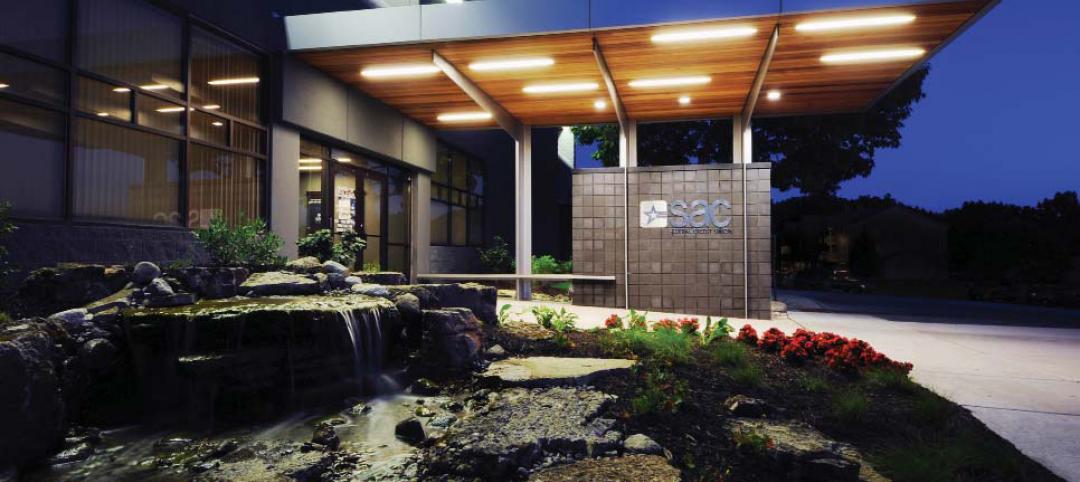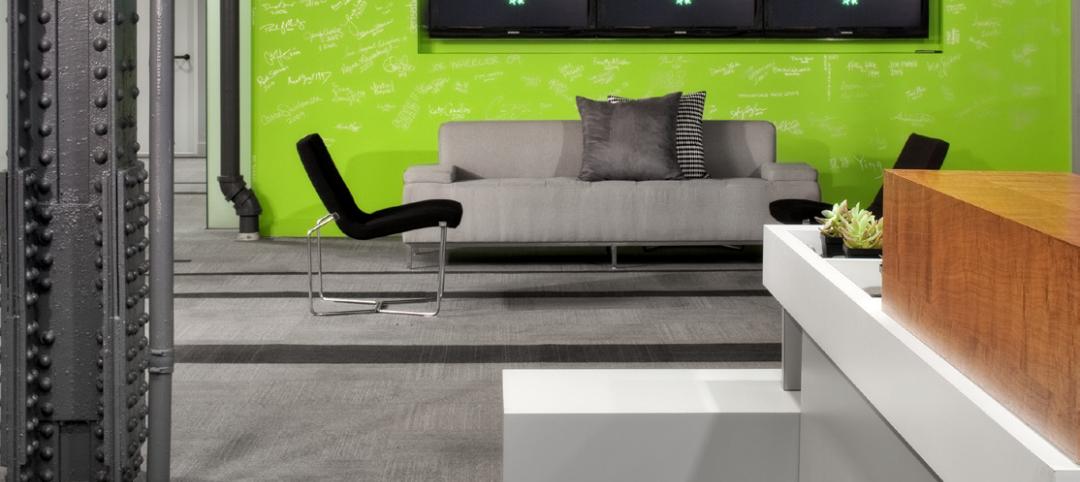Bringing Comfort to Patients and Families Through Uses of Color
In children’s hospitals, patients are of the younger, brighter variety, and healthcare designers are often tasked with the mission of creating environments that are colorful, bold, and engaging so that patients and their families are completely comfortable during their stays and understanding of the difficult processes that may be happening around them. Combinations of color, lighting, and texture are used to set the tone for spaces such as waiting rooms, patient rooms, and more. Wayfinding is another important aspect that is carefully crafted with the selection of color in children’s hospitals. And with the perception of color still developing as children age, design teams should be mindful of the best hues to employ when envisioning these spaces.
The following are just a couple examples of how colors are selected and used in children’s hospitals today:
Dayton Children’s Hospital
 FKP Architects’ work on the new 260,000-sf patient tower at Dayton Children’s Hospital in Dayton, Ohio, is designed to reflect the city’s history of aerospace and invention, with colored iconography employed to create an easy flow between the existing and upcoming buildings (pictured, left). “Playful colors were selected that were fresh yet distinctive. Combinations of color and iconography strengthens the concept,” says the firm.
FKP Architects’ work on the new 260,000-sf patient tower at Dayton Children’s Hospital in Dayton, Ohio, is designed to reflect the city’s history of aerospace and invention, with colored iconography employed to create an easy flow between the existing and upcoming buildings (pictured, left). “Playful colors were selected that were fresh yet distinctive. Combinations of color and iconography strengthens the concept,” says the firm.
In the new tower, floors that connect between buildings maintain the same color palette to maintain consistency and avoid confusion. As occupants go up, they find certain colors such as green and purple associated with symbols of flight, such as an airplane and hot air balloon, respectively. The combination also allows for people with red-green color blindness to follow the wayfinding patterns set out.
Elizabeth Seton Pediatric Center
The Elizabeth Seton Pediatric Center in Yonkers, N.Y., is a nursing facility for young patients, many who are non-communicative and immobile without some type of aid such as a wheelchair. These patients are also often vision-impaired, and so the design of the center focused in on their perception of color, lighting, and texture. Color theory helped guide many of the design decisions, according to David Hutchinson, AIA, associate principal at Perkins Eastman, who incorporated colors to accomplish therapeutic effects for the project.
The strategy is aimed at helping children understand and communicate with their surroundings. “For instance, as yellow is the first identifiable color by an infant, the babies’ floor emphasizes yellow. And as violet is the last identifiable color by a child, the older children’s floor emphasizes violet,” says the firm. “Upon entering the main lobby, these colors progress through the spectrum, from front doors to elevators and up to the floors, and even the ceilings.”
Related Stories
Architects | Aug 5, 2020
Final report: BD+C's 2020 Color Trends Report
This special research report from the editors of BD+C explores the leading trends and drivers related to the use of color on commercial, institutional, and multifamily building projects.
Sponsored | | Jan 15, 2018
Innovations Pave the Way for High-Performing Metallic Coatings
Valspar's durable metallic coating systems are made to last while providing a vibrant sparkle
Sponsored | | Oct 10, 2017
Tracing Color Trends and the Paint Industry Through the Years
Innovations in technology mean today's architects have endless options when it comes to coating options.
Sponsored | | Sep 6, 2017
Special Effects: Going Beyond the Color Spectrum for Exteriors
AEC teams have endless options when it comes to choosing hues and effects for architectural coatings
Sponsored | | Jun 14, 2017
Psychology in the Coloring of Built Environments
Expert says some of color trend research really comes down to human psychological and emotional responses
Sponsored | | Apr 26, 2017
Advancements in Materials Open Up Color Trend Possibilities
For color experts, predicting trends before they happen requires a trained eye and being able to understand people
Sponsored | Color Innovations Series | Aug 9, 2015
Campus Branding With Color
Iconic and identifiable colors play role in higher ed branding on campuses. - See more at: http://www.bdcnetwork.com/campus-branding-color#sthash.ijEP68Iy.dpuf
Sponsored | | May 22, 2015
Shades of Gray—And One Green
Many companies utilize their signature colors for the exterior and interior of their office suites, buildings, and more. But for a product strategy and design firm in Austin, Texas, just one simple hue was needed to represent the brand.
















